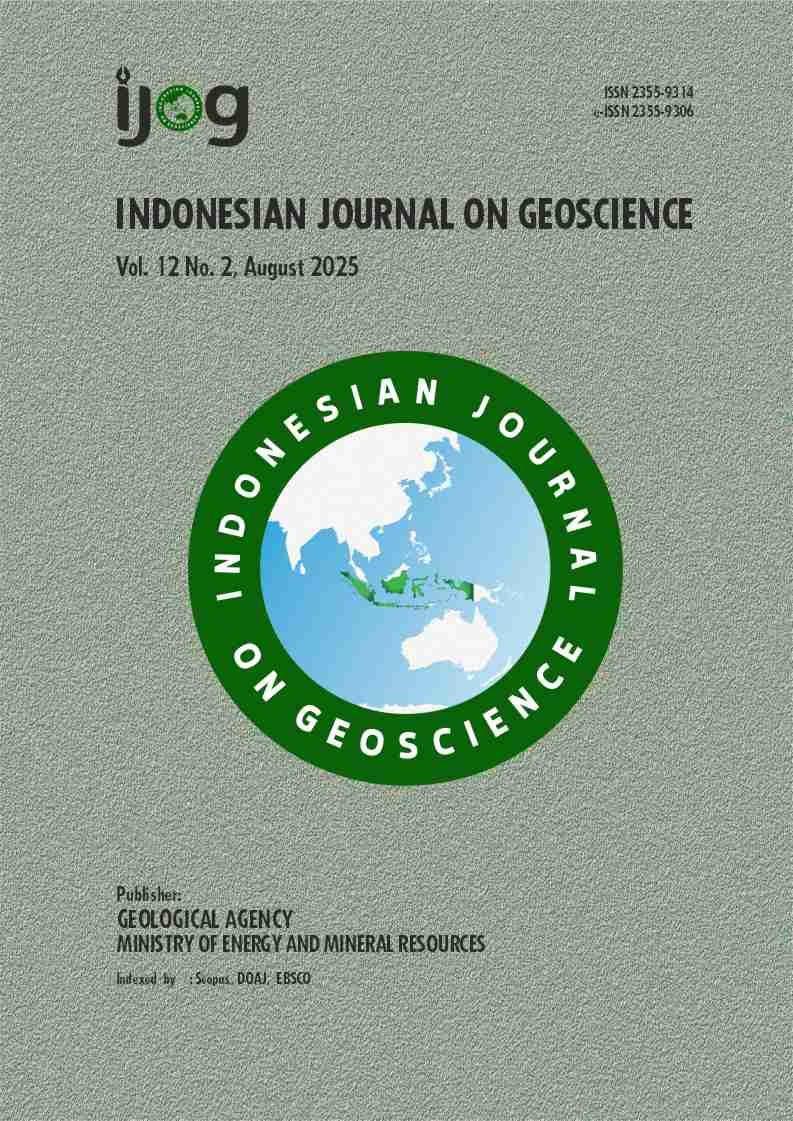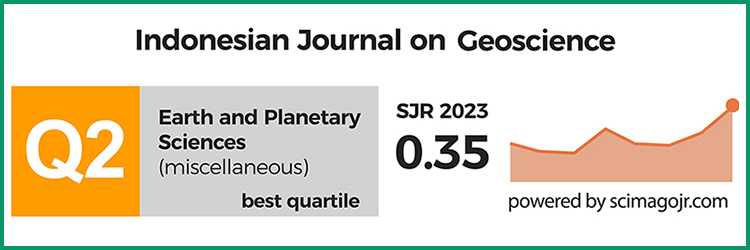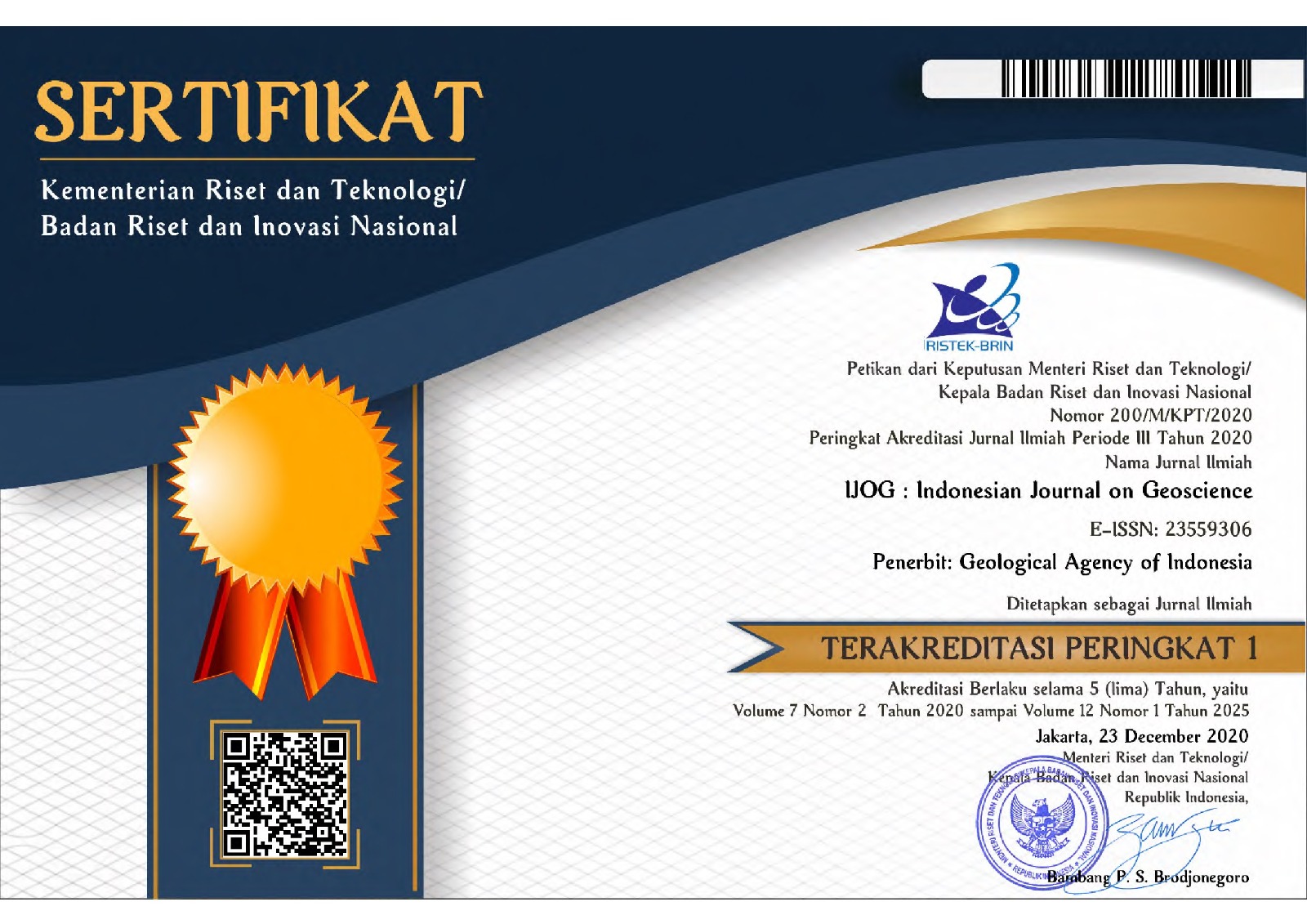The Light Hydrocarbon Components and Oil-Oil Correlation in Niger Delta Crude Oil: Insights into Source, Thermal Maturation, and In-Reservoir Alteration Processes
DOI:
https://doi.org/10.17014/ijog.12.2.267-279Abstract
Geochemical fingerprints offer useful insight into source inputs, thermal maturity, and alteration processes. Nonetheless, detailed light hydrocarbon (LH) compositional studies across The Niger Delta have not adequately been considered. Thus, twenty-six oil sets from several subbasins (depobelts) were examined, using gas chromatography (GC) approach, aimed at determining the source input and thermal maturity in-reservoir alterations, and then correlating the oils. This provides critical insights for oil characterization in the basin by examining the distribution and abundance of LHs. Mango's invariant K1 ratio of LHs clearly delineates the oils into two homologous sets, with a narrow range (0.83 ̶ 0.94 and 0.95 ̶ 1.13), consistent with the plot of ph/nC18 vs. pr/nC17 of heavy molecular weight (HMW). The studied oils reflect a modest distribution between Thompson's aliphatic and aromatic curves scheme (Kerogen Type), with heptane ratios varying from 0.64 to 22.04 %, on the average of 16.19 %, indicating contributions from a range of sources typical of type II/III kerogen. The LHs component of the examined oils has an overall six-ring preference, with methylcyclohexane varying from 46.15 to 81.86 %, the average of 56.50 %, dimethyl-cyc %, suggesting a significant input from higher plants. The data suggest expulsions from various source rocks of terrestrial organofacies, with variable contributions from marine sources that were initially laid down in oxic to sub-oxic environments, and range from early to peak oil thermal maturity. Nonetheless, most samples from Greater Ughelli showed varying degrees of evaporative fractionation, suggesting gas washing in the depobelt.



















